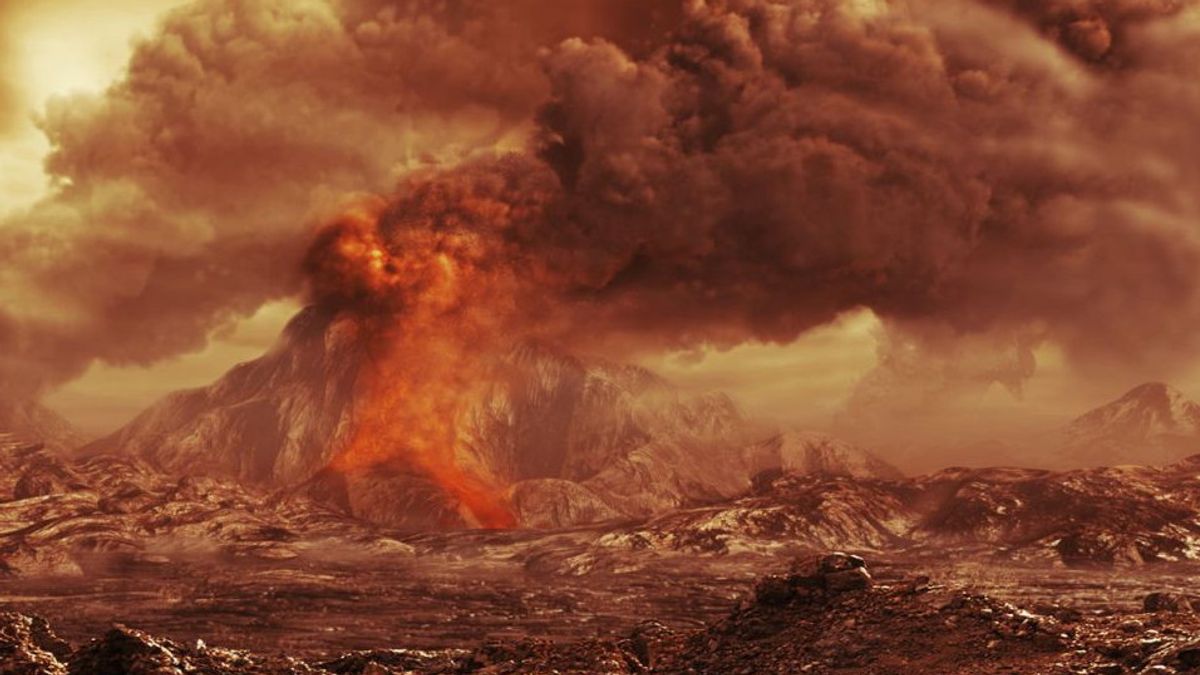JAKARTA - A new discovery from research led by the Universities Space Research Association (USRA) has been published on January 3, 2020 in Science Advance. The new findings show that there are lava flows on the planet Venus which are thought to be only a few years old. This finding means Venus could be volcanically active, making it the only planet in the solar system apart from Earth, which has active volcanoes.
In particular, in 2010, researchers found high emissions at a number of sites on Venus. Surface areas have long been thought to have lower emissions after long exposure to Venus's hot atmosphere. But recently scientists have again found patches of high emissions, hinting if the lava flows appeared recently. However, the age of these lava flows is not known for certain because much is not known about how quickly volcanic rocks change under Venus's atmosphere.
To determine the age of the lava flows seen on Venus, scientists experimented with olivine crystals, a green mineral commonly found in volcanic rock. Scientists are focused on how these crystals change under conditions similar to some of the things that might be experienced on the surface of Venus.
The researchers heated the olivine in a furnace that has a heat of up to 900 degrees Celsius for one month. Once heated, the researchers found, olivine grew longer in layers over a few days, a large part of which was the reddish-black mineral hematite, which makes olivine harder to detect.
On the other hand, from 2006 to 2014, Venus Express, a satellite orbiting Venus, was able to detect signs of olivine even from its orbit. The new findings eventually serve as clues that the olivine they found on Venus came from a recent volcanic eruption.
"This is the first time we have seen an active volcano on another planet," said Justin Filiberto, a planetary scientist at the Lunar and Planetary Institute of the Space Research Association in Houston, quoted from Space, Monday, January 6, 2020.
Researchers are now following up their research with other volcanic minerals that will be heated to temperatures similar to that of Venus' atmosphere, which is loaded with carbon dioxide and sulfur.
Apart from Earth, other places known to have volcanoes are the Moon and Mars. However, the volcanoes in both places are known to have been dormant for a long time.
Jupiter's fifth moon, Io, is also known to have volcanoes. Astronomers have mapped about 150 volcanoes on Io, some of which spewed lava 400 km into space. When scientists make their observations they occasionally discover new areas that are emerging. For example, NASA's Juno spacecraft, which was then orbiting Jupiter, discovered the newest lava eruption area on Io, which is thought to have appeared on December 16, 2017.
The English, Chinese, Japanese, Arabic, and French versions are automatically generated by the AI. So there may still be inaccuracies in translating, please always see Indonesian as our main language. (system supported by DigitalSiber.id)









